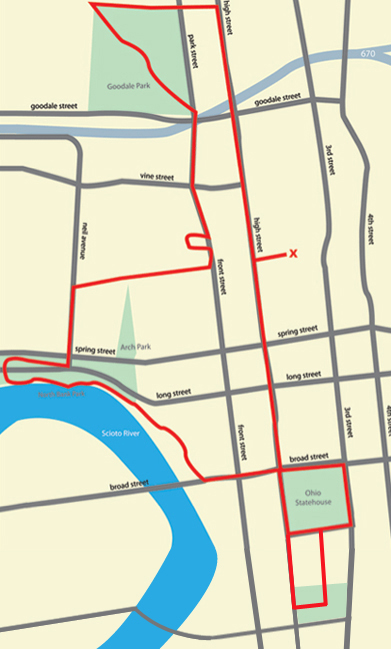At the Convention Center after the Segway
tour, the two RV Gypsies noticed the #1 sign at Charley's Philly Steaks
and Lee Duquette wondered how it compares to Geno's and Pat's in Philadelphia,
but Charley's was closed so they ate one of the few places still open
and had a nice snack. NOTE: The two RV Gypsies
ate at both Geno's
and Pat's in 2014. |
 |
SegAway Tours of Columbus
400 North High Street
Columbus Convention Center |
The two RV Gypsies enjoyed the thrill
of riding on their 25th Segway while discovering the charm and history
of Columbus, Ohio. This two-hour guided tour explored miles of peaceful
park land along the Scioto River, the thriving Short North Arts District
and historic downtown. Their tour guide entertained them with fascinating
and humorous stories about Ohio's capital city. Karen Duquette really
loved his sense of humor. They glided by over 50 sites and attractions
including the Ohio Statehouse, Ohio Theater, Laveque Tower, Santa Maria,
Union Station Arch, Nationwide Arena, Huntington Park, Goodale Park,
Sells Circus house, Arena District and Short North Arts District. It
is the only daily Segway tour of Columbus available at this time. |
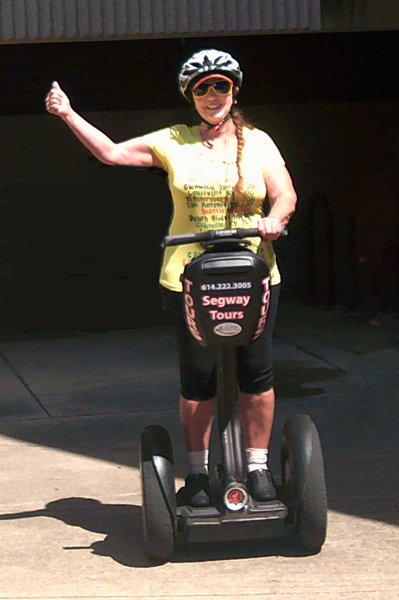 |
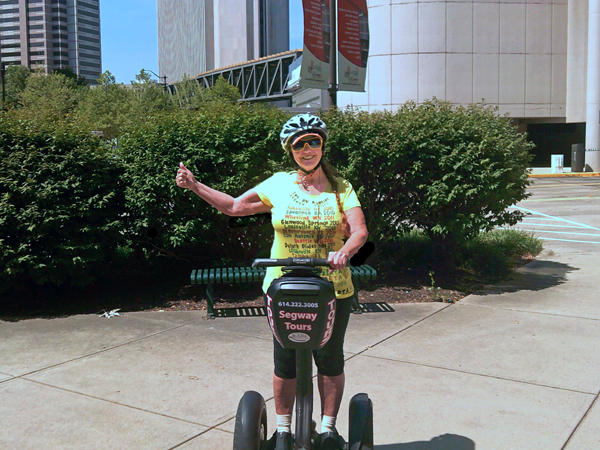 |
|
Below: Nationwide Arena is a multipurpose arena. Since completion in 2000, the arena has served as the home of the Columbus Blue Jackets of the National Hockey League (NHL).
It is one of two facilities in Columbus, along with Greater Columbus Convention Center, that hosts events during the annual Arnold Classic, a sports and fitness event hosted by actor, bodybuilder, and former Governor of California Arnold Schwarzenegger.
In May 2012, Columbus Mayor Michael B. Coleman made a pitch to the National Basketball Association (NBA) requesting an expansion or relocated team be moved to Nationwide Arena. |
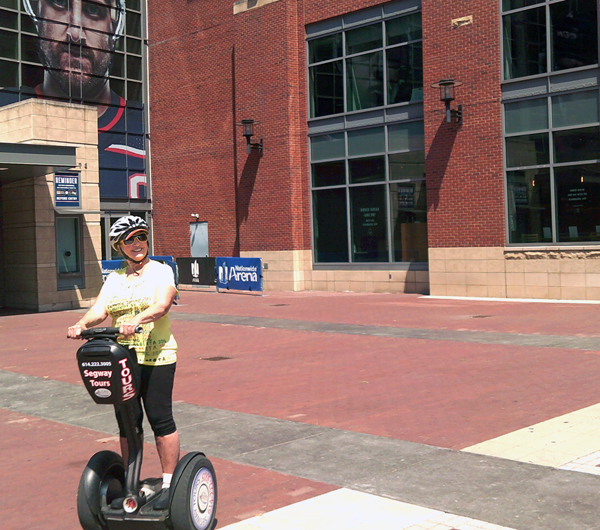 |
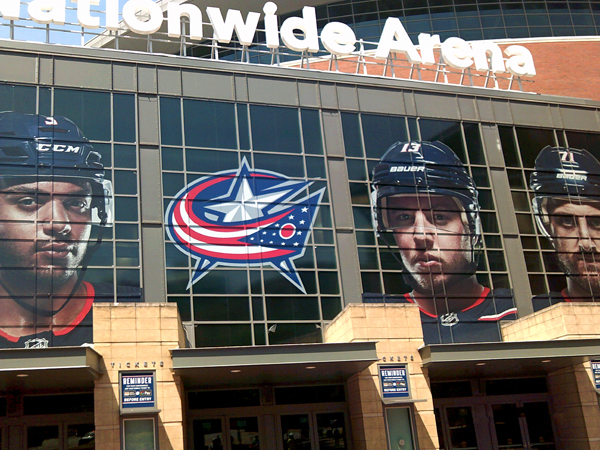 |
|
 Below: Columbus Union Station was an intercity train station in Downtown Columbus, Ohio, near The Short North neighborhood. The station and its predecessors served railroad passengers in Columbus from 1851 until April 28, 1977. Below: Columbus Union Station was an intercity train station in Downtown Columbus, Ohio, near The Short North neighborhood. The station and its predecessors served railroad passengers in Columbus from 1851 until April 28, 1977.
The first station building was the first union station in the world, built in 1851. Its replacement was built from 1873 to 1875, just before demolition of the first station building. After traffic problems on High Street, as well as increased rail traffic became problematic, a new station was planned by Daniel Burnham beginning in 1893. The new station opened in 1897, and its arcade along High Street was finished in 1899. By 1928, part of the arcade was demolished. Passenger service significantly declined from the 1950s to the 1970s. The arcade was demolished in 1976 to make way for a new convention center, although it had been placed on the National Register of Historic Places two years prior. Train service stopped at Union Station in 1977, and the remaining portions of the station were demolished in 1979. The demolished arcade was delisted in 1999. A portion of the arcade was saved and is the focal point of the McFerson Commons park in the nearby Arena District. - quote from https://en.wikipedia.org/wiki/Union_Station_(Columbus,_Ohio) |
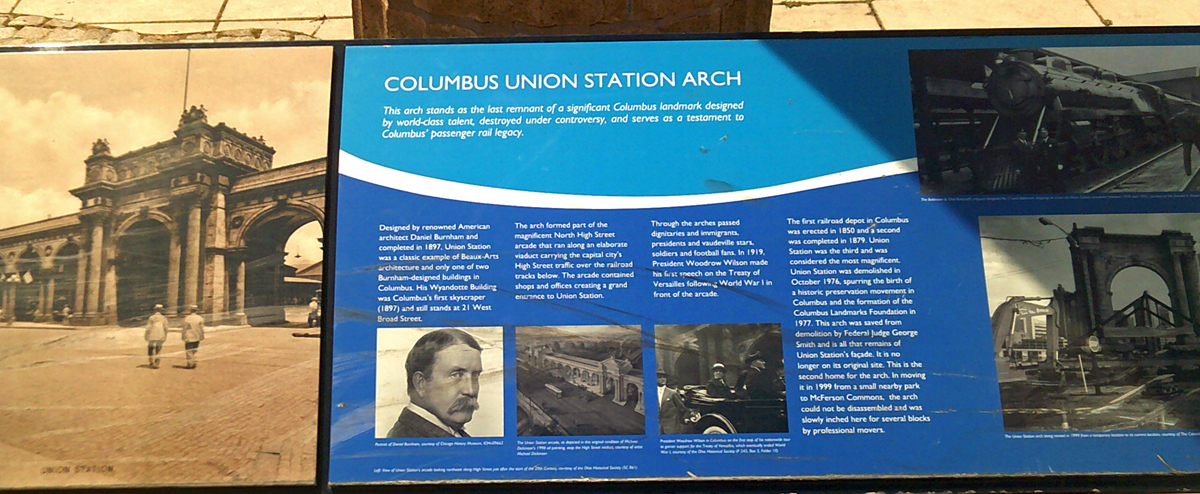 |
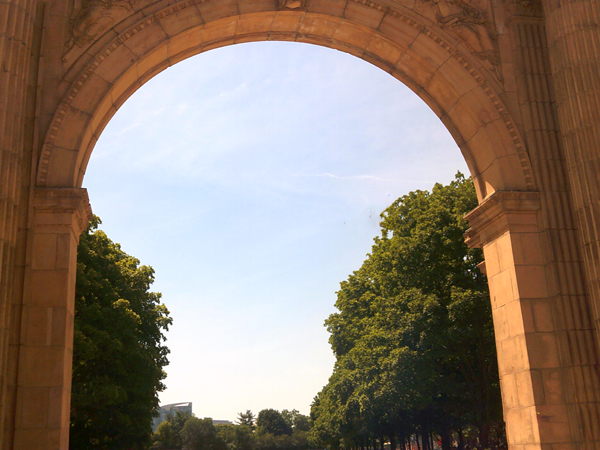 |
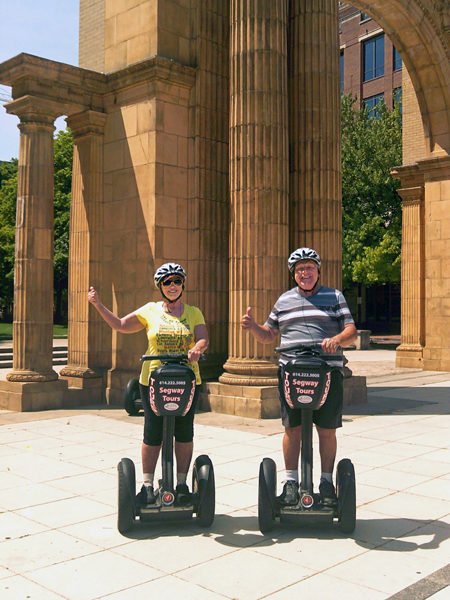 |
|
Huntington Park is a baseball stadium located in Columbus, Ohio, United States. It primarily serves as the home of the Columbus Clippers of the International League, the Triple-A minor league affiliate of the Cleveland Indians since 2009. |
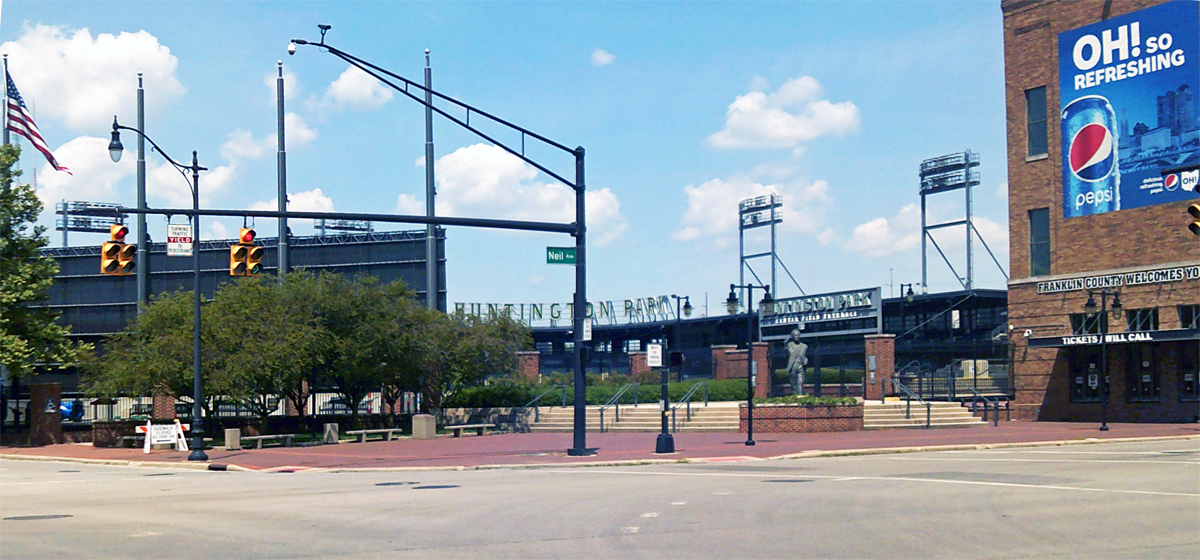 |
Below quote from https://en.wikipedia.org/wiki/Ohio_Stadium
 Ohio Stadium (also known as the Horseshoe, the Shoe, and the House That Harley Built) is an American football stadium in Columbus, Ohio, on the campus of The Ohio State University. Its primary purpose is the home venue of the Ohio State Buckeyes football team; it also serves as the site for the university's Spring Commencement ceremonies each May. From 1996 to 1998, Ohio Stadium was the home venue for the Columbus Crew of Major League Soccer prior to the opening of Columbus Crew Stadium in 1999. The stadium also was the home venue for the OSU track and field teams from 1923 to 2001. In addition to athletics, Ohio Stadium is also a concert venue. Ohio Stadium (also known as the Horseshoe, the Shoe, and the House That Harley Built) is an American football stadium in Columbus, Ohio, on the campus of The Ohio State University. Its primary purpose is the home venue of the Ohio State Buckeyes football team; it also serves as the site for the university's Spring Commencement ceremonies each May. From 1996 to 1998, Ohio Stadium was the home venue for the Columbus Crew of Major League Soccer prior to the opening of Columbus Crew Stadium in 1999. The stadium also was the home venue for the OSU track and field teams from 1923 to 2001. In addition to athletics, Ohio Stadium is also a concert venue.
The stadium opened in 1922 as a replacement for Ohio Field and had a seating capacity of 66,210. In 1923, a cinder running track was added that was later upgraded to an all-weather track. Seating capacity gradually increased over the years and reached a total of 91,470 possible spectators in 1991. Beginning in 2000, the stadium was renovated and expanded in several phases, removing the track and adding additional seating, which raised the capacity to 101,568 by 2001 and to 102,329 in 2007. In 2014, additional seating was added in the end zone, raising the official capacity to 104,944. Another renovation to add more luxury suites began in 2017 and will eventually lead to a decrease of 2,600 seats. It is the largest stadium by capacity in the state of Ohio, and the third largest on-campus football stadium in the United States. Ohio Stadium was added to the National Register of Historic Places by the National Park Service on March 22, 1974. |
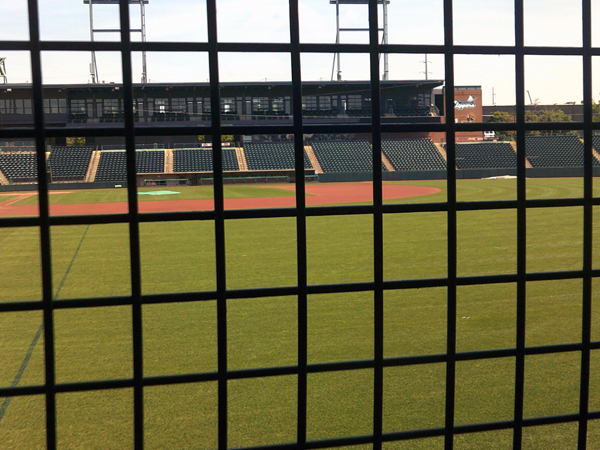 |
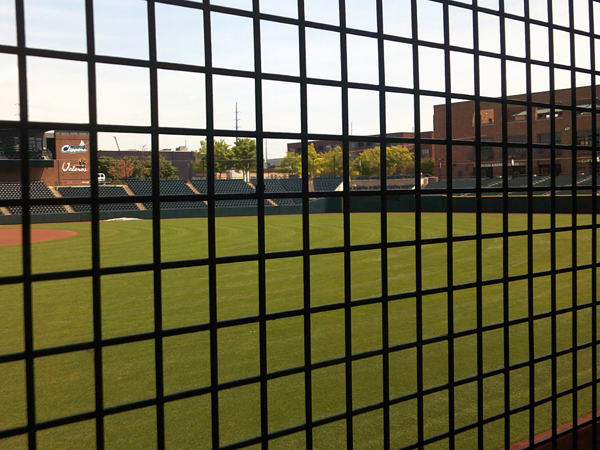 |
|
Below: Battelle Riverfront Park named in honor of Ohio industrialist Gordon Battelle and funded through the Battelle Memorial Institute, is located on the eastern bank of the Scioto River, across the street from City Hall. The park is home to many monuments and memorials. |
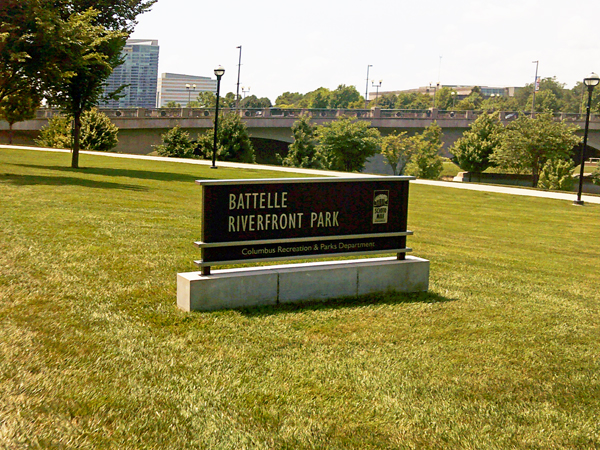 |
Photos taken by Lee Duquette with a small point-and-shoot camera as he rolled along on the Segway. Although Dave, the tour guide, thoroughly explained the scenery and buildings, Karen Duquette's memory is not adequate enough to define everything they saw. |
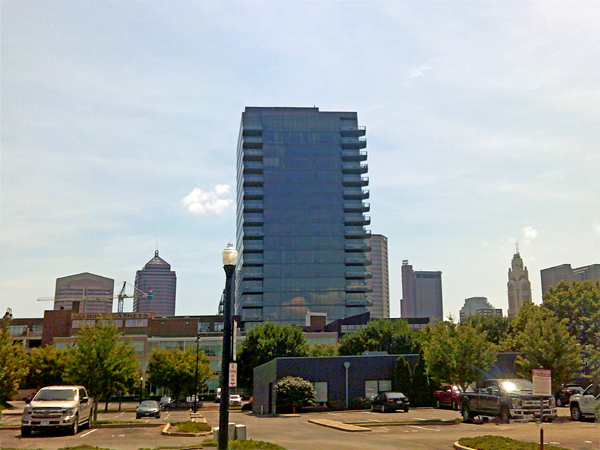 |
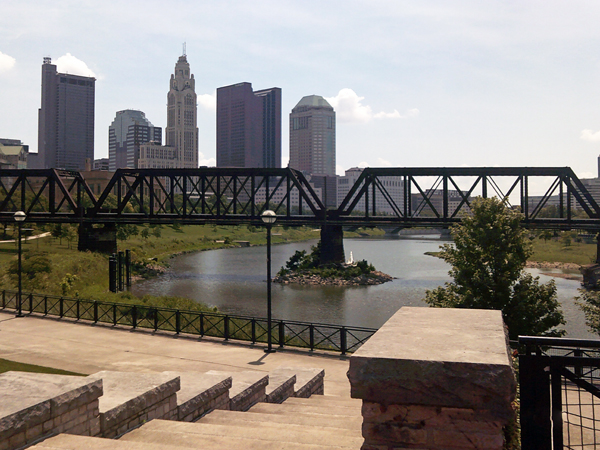 |
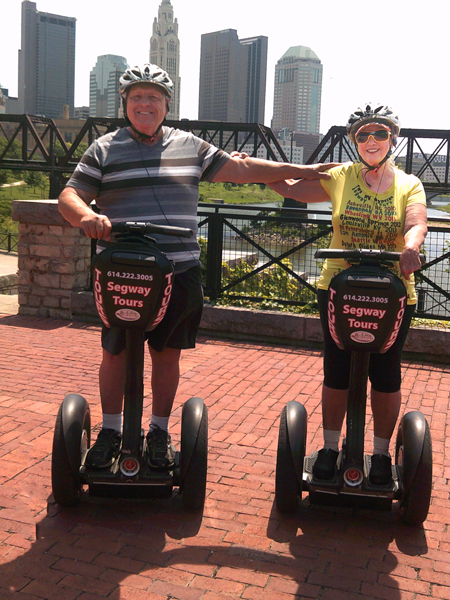 |
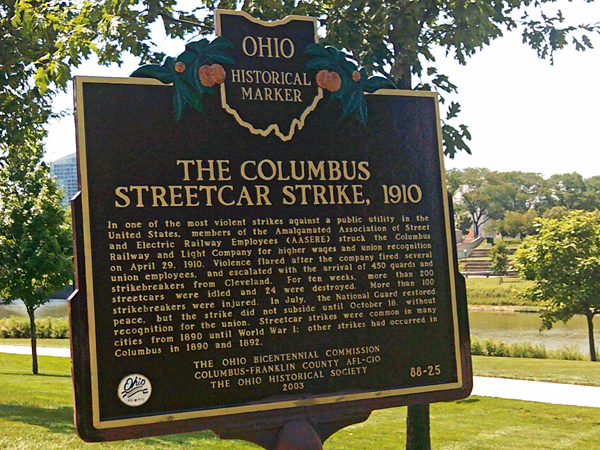 |
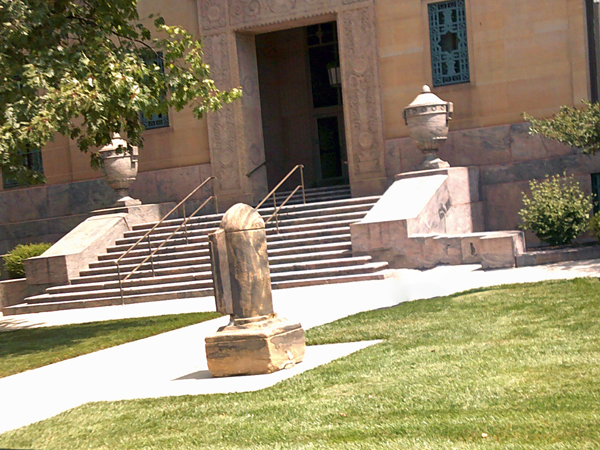 |
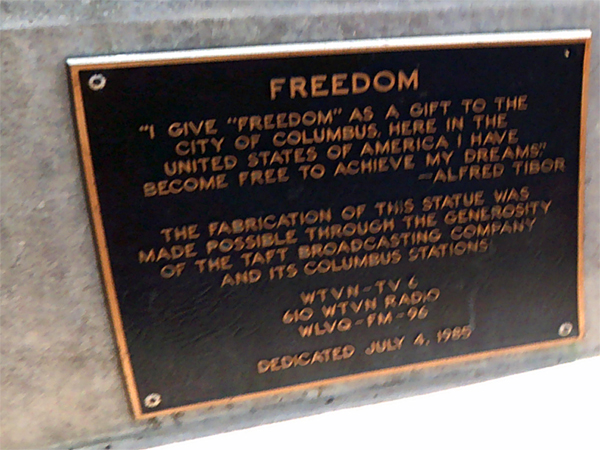 |
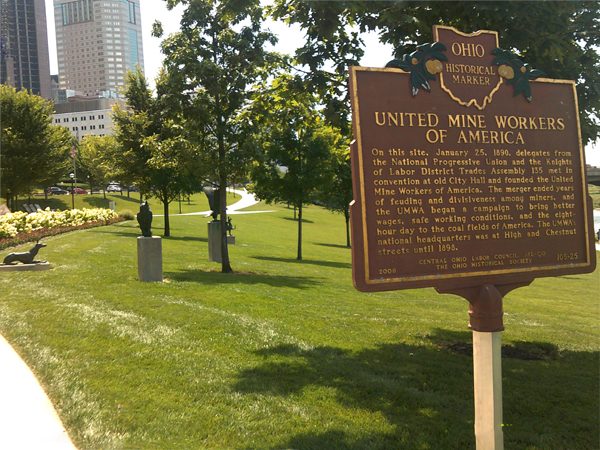 |
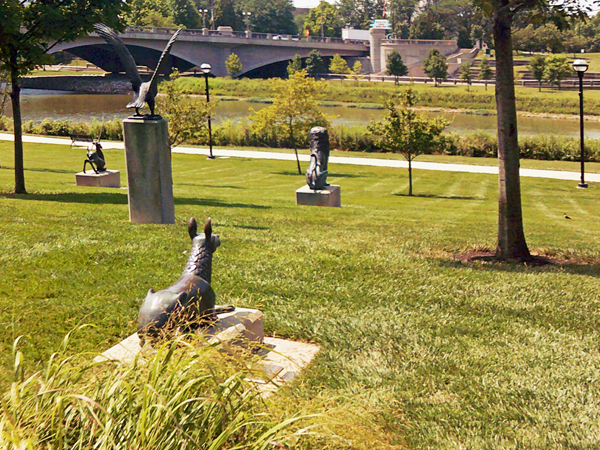 |
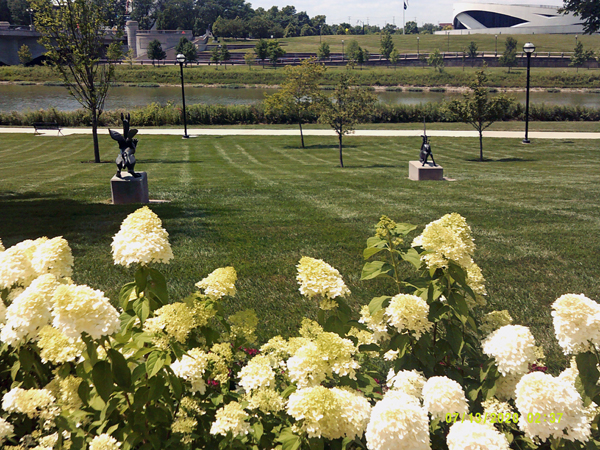 |
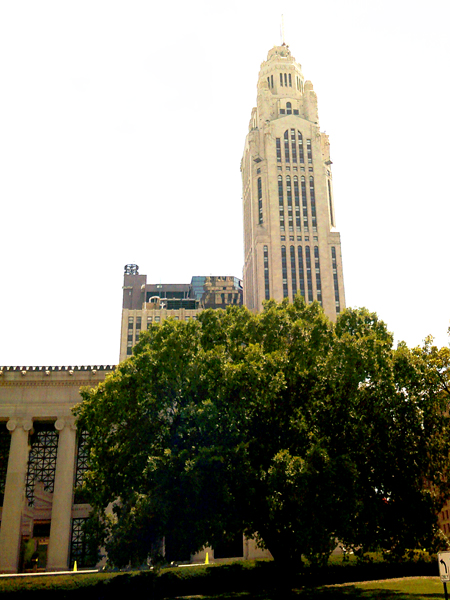 |
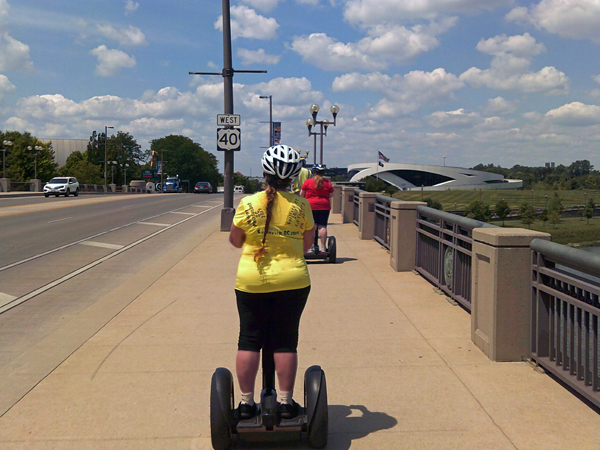 |
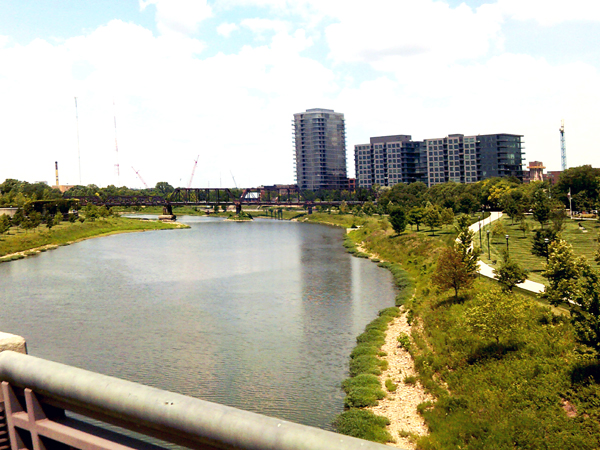 |
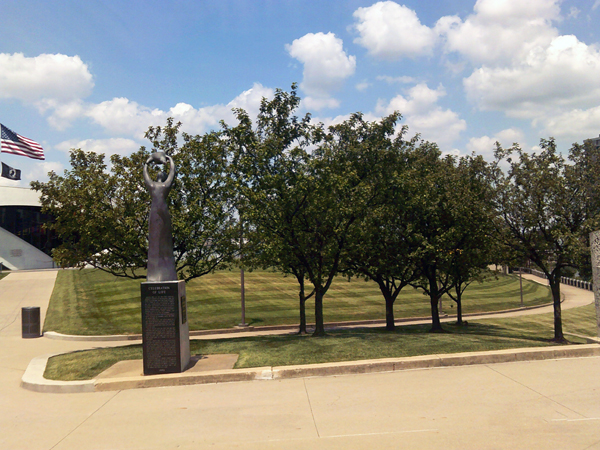 |
|
Bellow: The National Veterans Memorial and Museum (NVMM) is the
United States' national museum for veterans of the U.S. Armed Forces.
The museum is located in Columbus, Ohio, along the Scioto River between
Franklinton and Downtown Columbus. It opened on October 27, 2018, in
a building that cost $82 million to construct and was designed by architecture
firm Allied Works Architecture. The museum's main focus is on the personal
stories of U.S. veterans, in contrast to other war museums that are
dedicated to the conflicts themselves. It is a reimagining of the Franklin
County Veterans Memorial, a museum dedicated to veterans from the surrounding
county, established in 1955. The Admission Cost on this date in 2020
was $17 for adults, $15 for Seniors, $12 for college student with ID,
$10 for children age 5-17, and children under 5 - free. Group tickets
available. To demonstrate Veteran or active duty status, you will be
asked to show a Veteran ID, military ID, DD214 or driver's license that
notes military status upon arrival. (All prices mentioned anywhere on
this website are always subject to change. The two RV Gypsies do not
control prices anyplace).
|
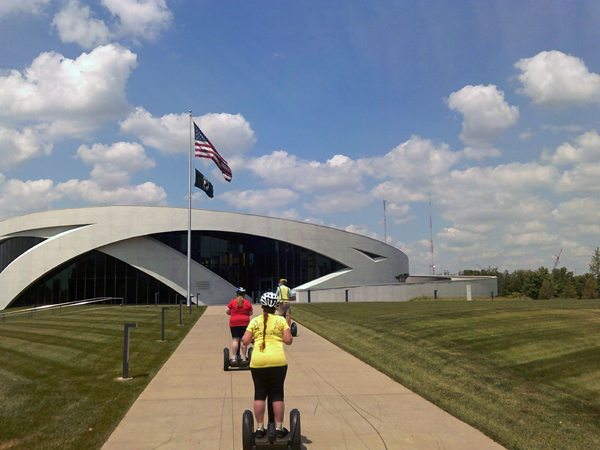 |
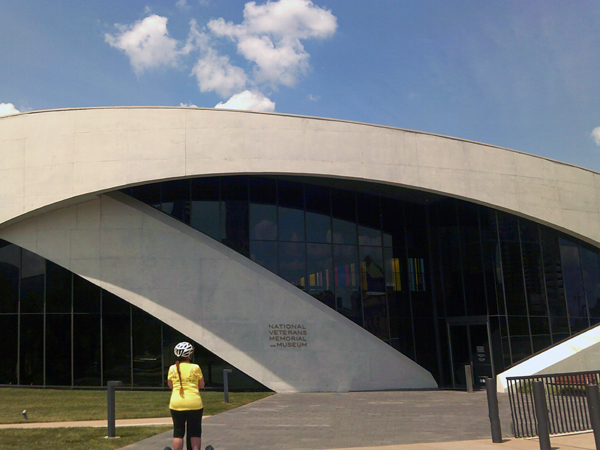 |
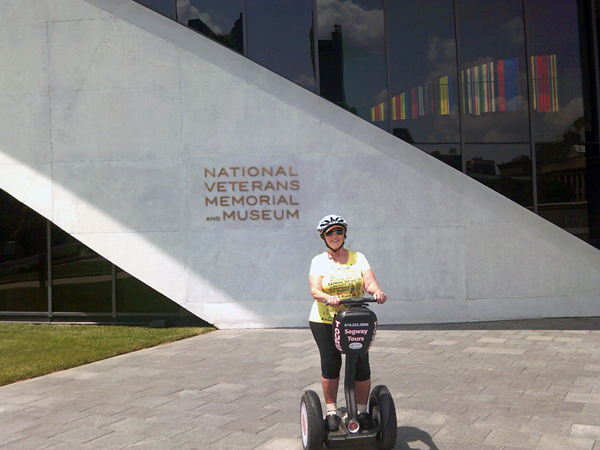 |
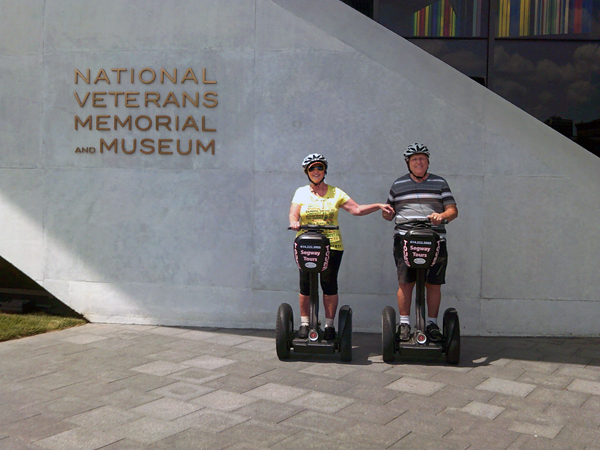 |
 |
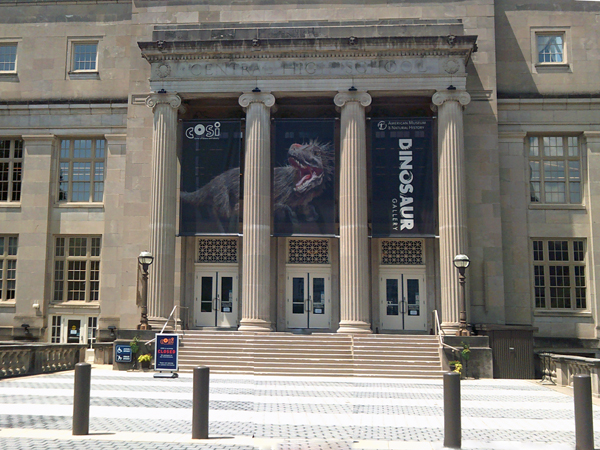 |
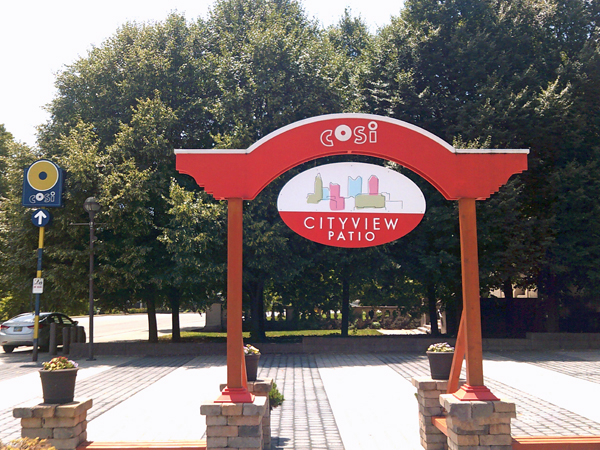 |
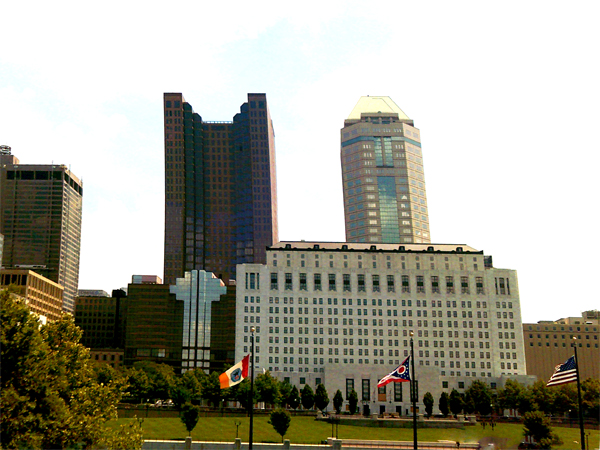 |
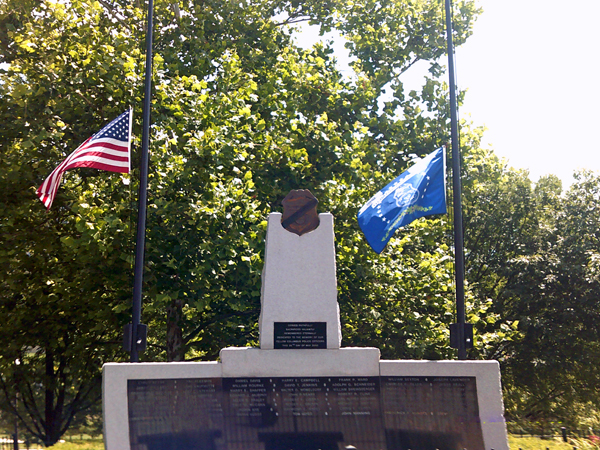 |
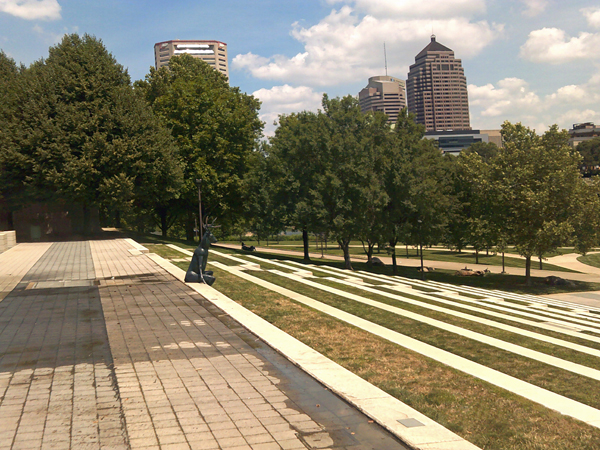 |
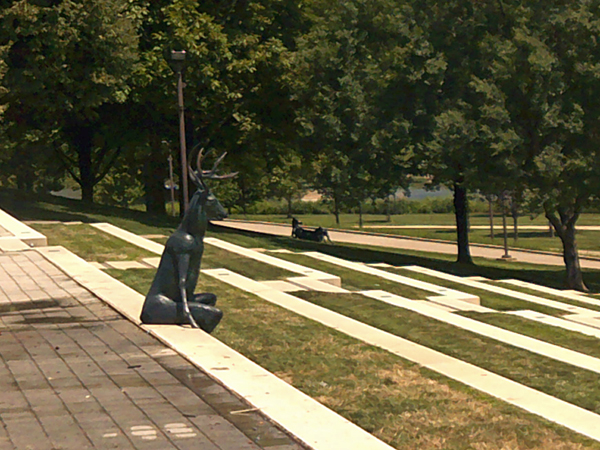 |
|
Below: The Main Street Bridge in Columbus, Ohio is a 700 foot, three-span, inclined tied arch bridge over the Scioto River. The bridge is the first in North America and the fifth in the world to use an inclined single-rib-tied arch superstructure. The final cost for the bridge was $60.1 million. |
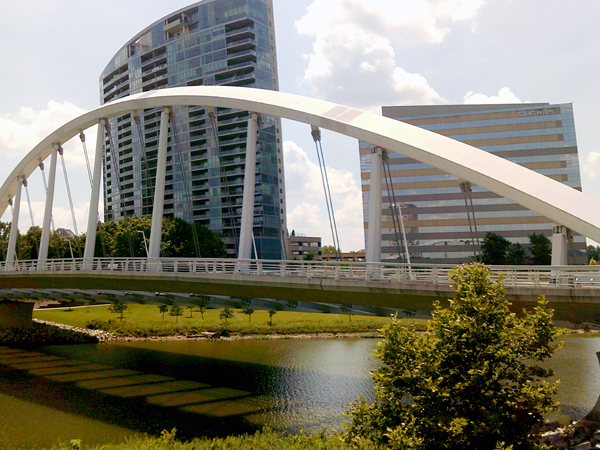 |
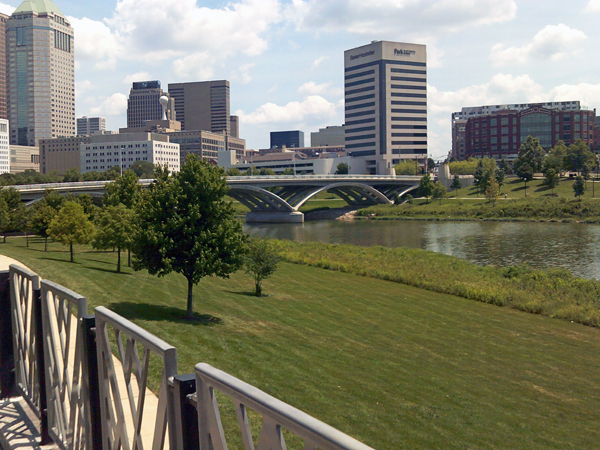 |
The Segway tour stopped on the Main Street Bridge for a sip of water, photos, and a view of Columbus. |
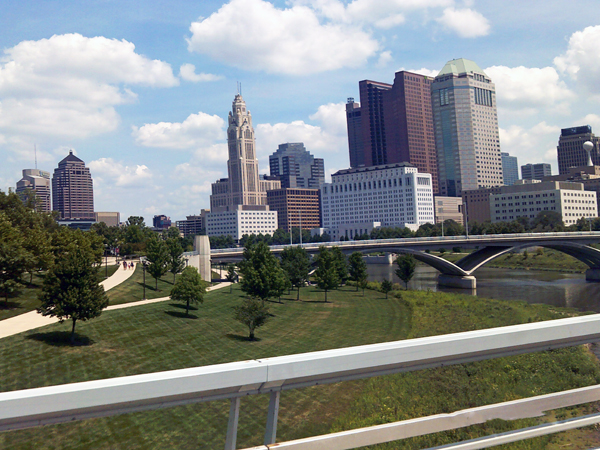 |
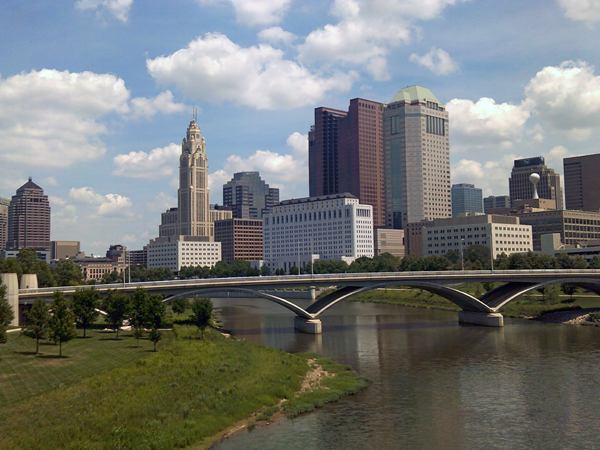 |
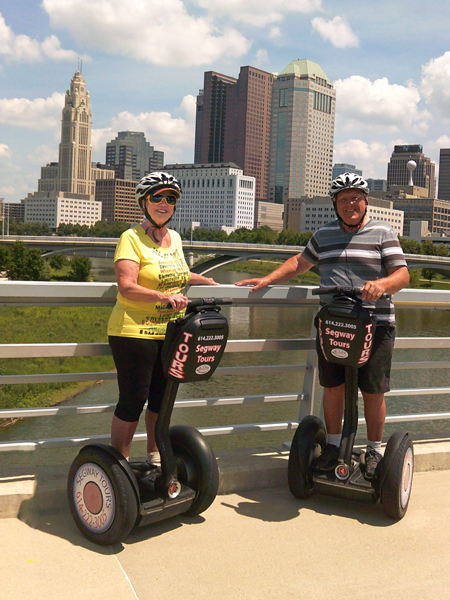 |
 |
Below: Scioto Mile Fountain in Bicentennial Park - no water in the fountain on this date. |
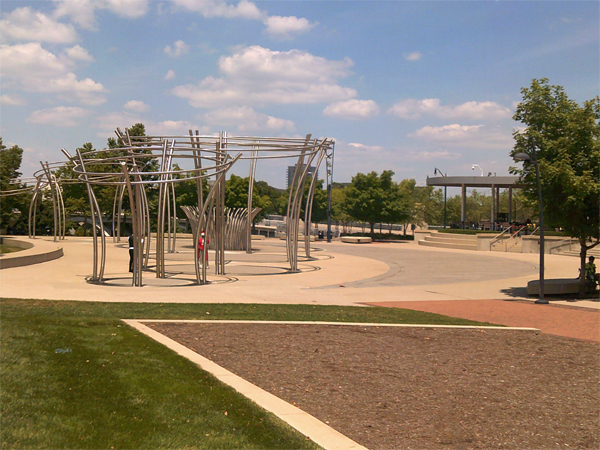 |
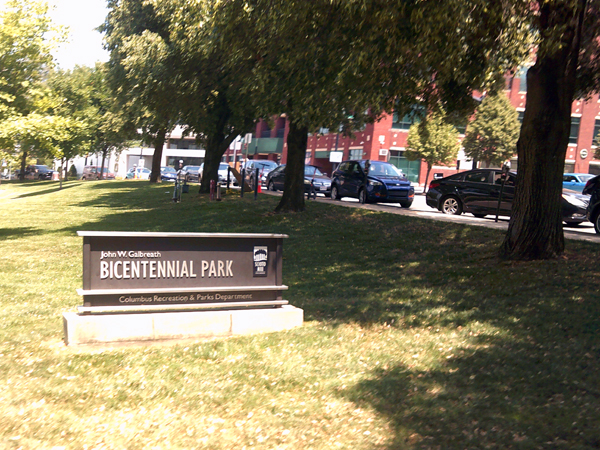 |
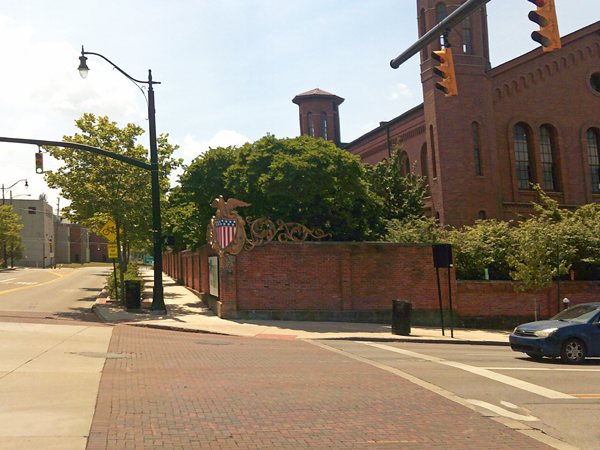 |
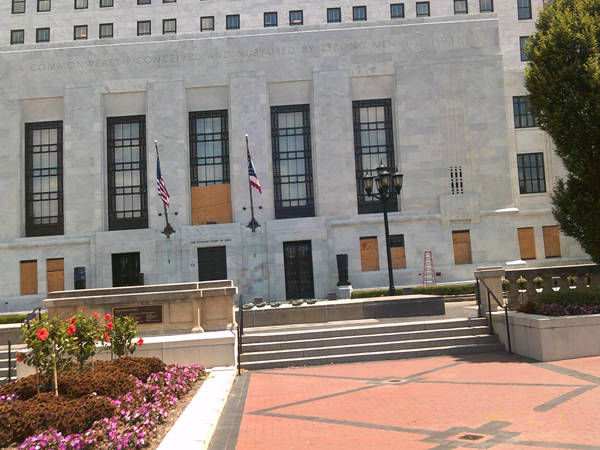 |
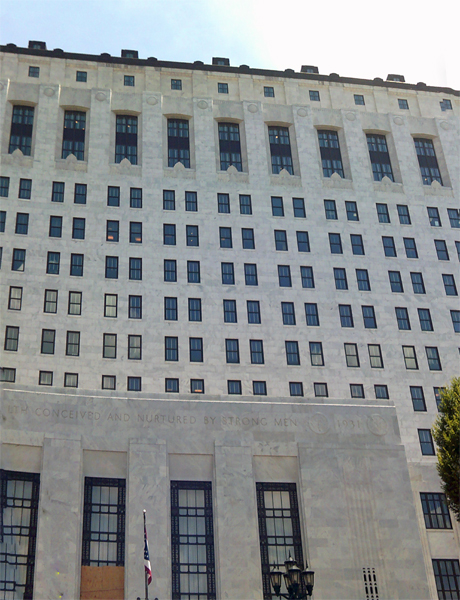 |
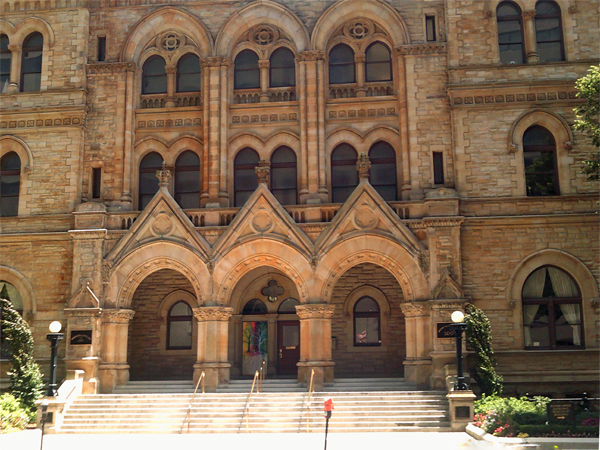 |
Below: The World's Largest
Gavel at 68 S Front Street near the Supreme Court Building. |
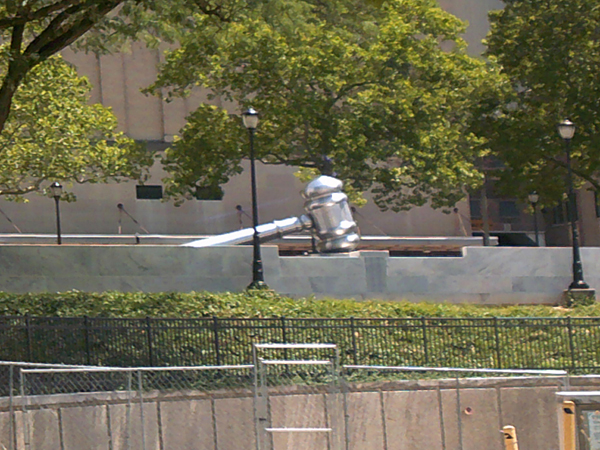 |
 |
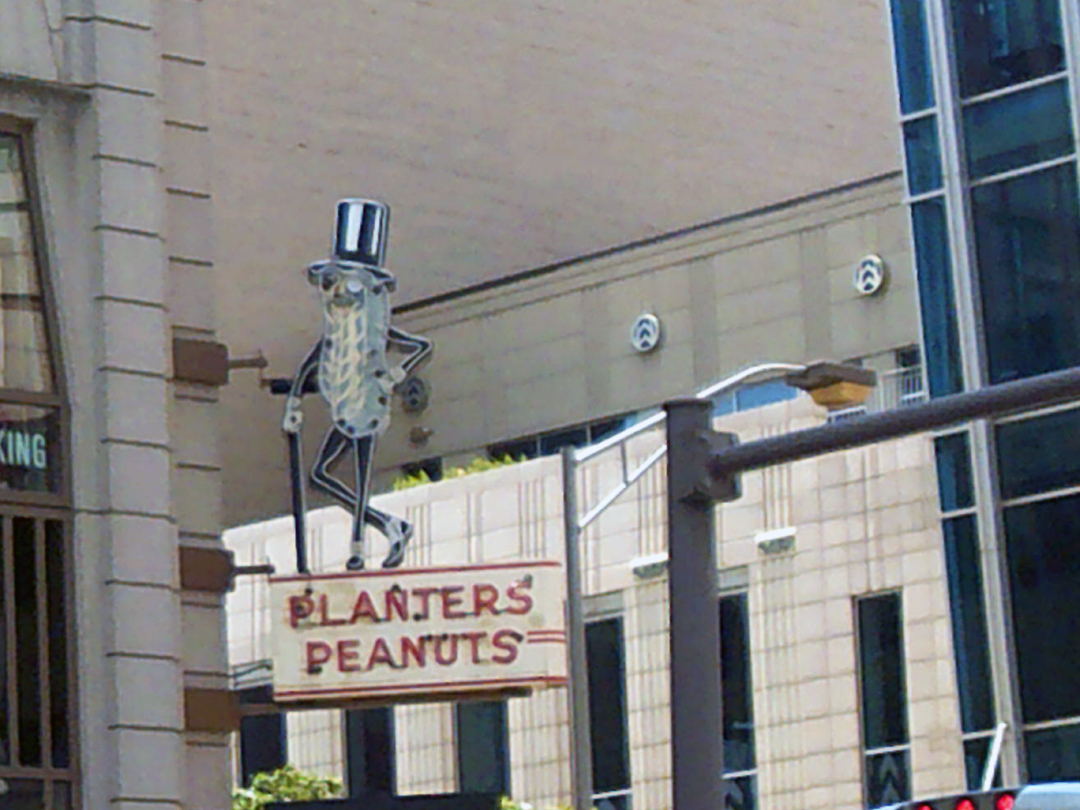 |
Below: The Ohio Statehouse is the state capitol building and seat of government for Ohio. The Greek Revival building is located on Capitol Square in downtown Columbus. The capitol houses the Ohio General Assembly, consisting of the House of Representatives and the Senate. It also contains the ceremonial offices of the governor, lieutenant governor, state treasurer, and state auditor. Built between 1839 and 1861, it is one of the oldest working statehouses in the United States.
The statehouse's prominent architecture has earned it several landmark designations, including as a National Historic Landmark. The building sees about 500,000 visitors per year.
Above quote from https://en.wikipedia.org/wiki/Ohio_Statehouse |
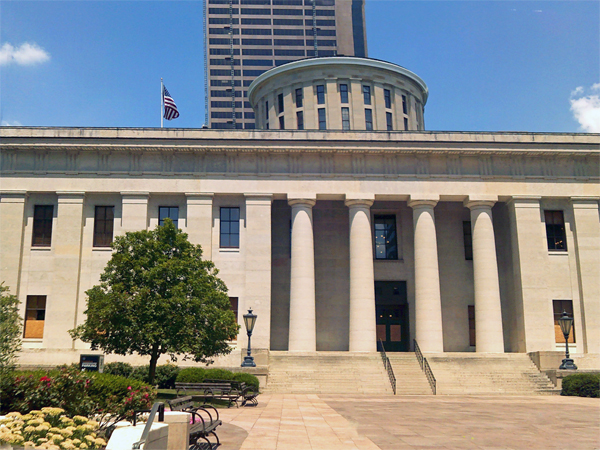 |
Below: The west side of the Statehouse and Capitol Square is dominated by the William McKinley Monument, a monumental grouping of statues that honors the nation's 25th President, an Ohio native who was assassinated in 1901.
McKinley was born in 1843, the seventh of nine children of a Scots-Irish family of humble circumstances living in Niles, Ohio. The family moved to nearby Poland, Ohio to take advantage of better schools in that area. Upon completion of high school, McKinley attended college for one term before enlisting in the Union Army in 1861. There he served as a Private in the 23rd Regiment of the Ohio Volunteer Infantry, a unit commanded by another future President, Rutherford B. Hayes. When he mustered out in 1865 at wars end, McKinley's combination of initiative, integrity and bravery had earned him several promotions, and he left the service a brevet Major, and would usually be referred to as "Major McKinley" until his election as President. |
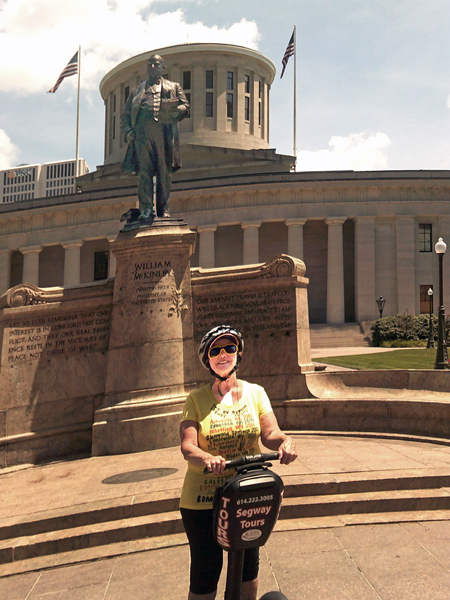 |
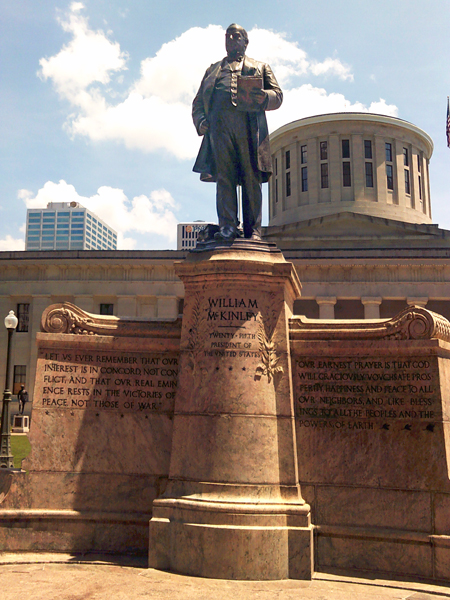 |
Below: A swimming pool in-between two hotels. |
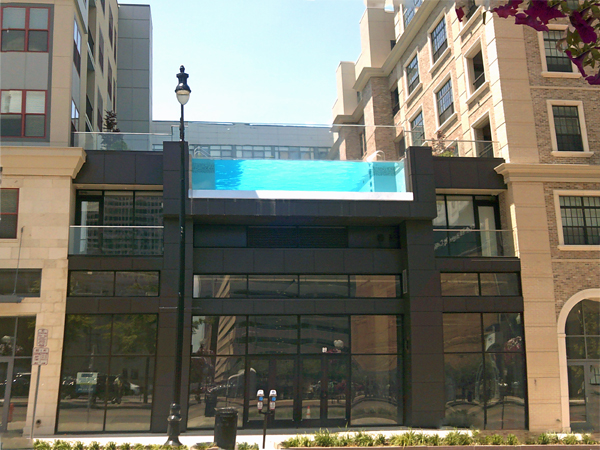 |
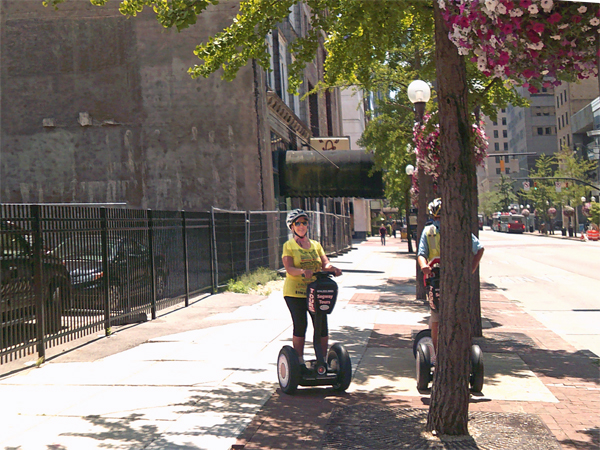 |
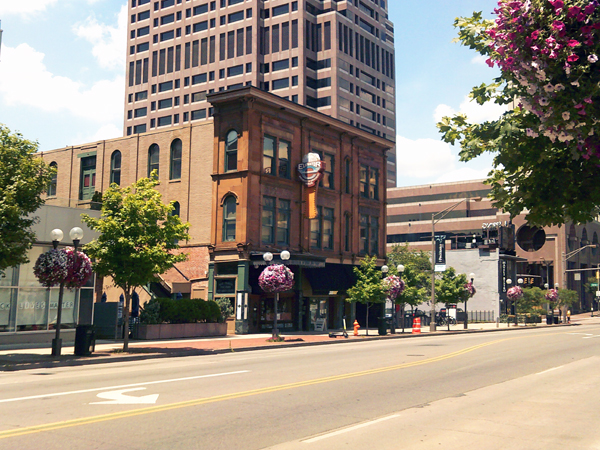 |
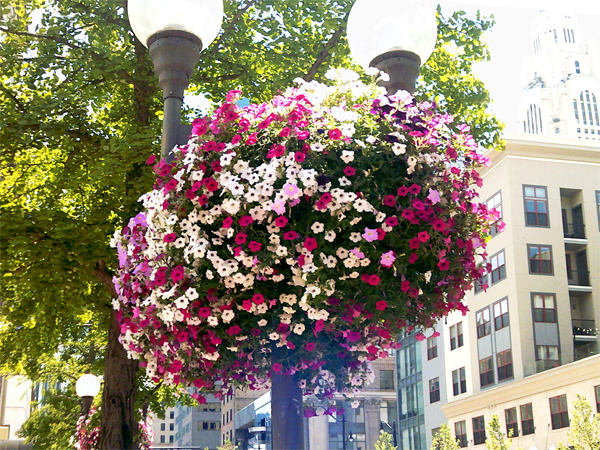 |
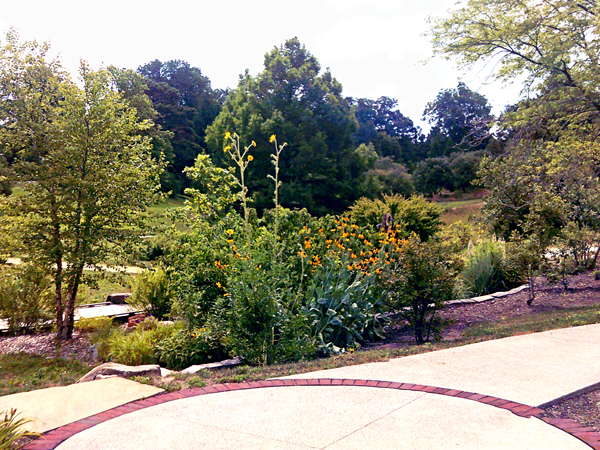 |
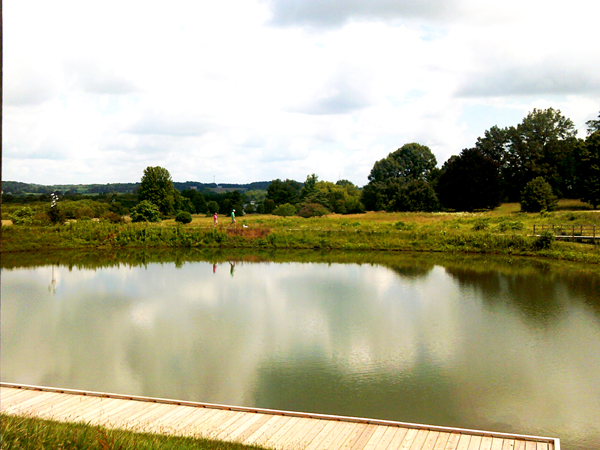 |

